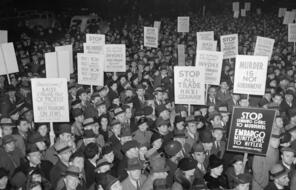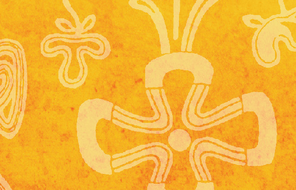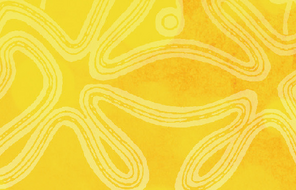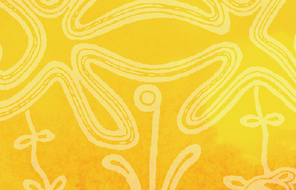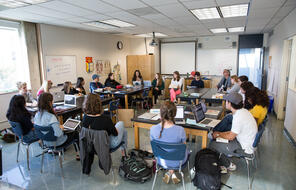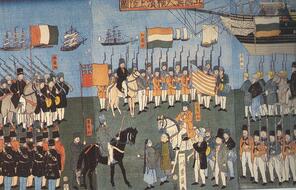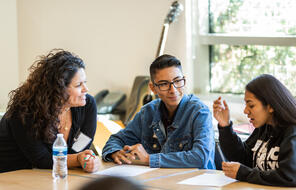Footnotes
- According to the Canadian Aboriginal Affairs and Northern Development website, Aboriginal Peoples are “the descendants of the original inhabitants of North America. The Canadian Constitution recognizes three groups of Aboriginal people—Indians, Métis and Inuit. These are three separate peoples with unique heritages, languages, cultural practices and spiritual beliefs.” Canadian law defines those who belonged to the First Nations as Indians. We elected to use the term First Nations throughout this guide.
- According to the Canadian Aboriginal Affairs and Northern Development website, First Nations is “a term that came into common usage in the 1970s to replace the word ‘Indian,’ which some people found offensive. Although the term First Nation is widely used, no legal definition of it exists. Among its uses, the term ‘First Nations peoples’ refers to the Indian peoples in Canada, both Status and non-Status. Some Indian peoples have also adopted the term ‘First Nation’ to replace the word ‘band’ in the name of their community.” We elected to avoid the loaded term Indian throughout this guide. The exceptions to this rule are when the term is used in reference to Canadian legal terminology (e.g., Status Indian or the Indian Act) or when the word appears in a primary source.
- According to the Canadian Aboriginal Affairs and Northern Development website, Inuit peoples are the original “people in Northern Canada, who live in Nunavut, Northwest Territories, Northern Quebec and Northern Labrador. The word means ‘people’ in the Inuit language—Inuktitut.” The singular of Inuit is Inuk. The loaded term Eskimo, which once referred to the Inuit, is no longer acceptable in Canada today.
- According to the Canadian Aboriginal Affairs and Northern Development website, a reserve is a “tract of land, the legal title to which is held by the Crown, set apart for the use and benefit of an Indian band.”
- According to the Canadian Aboriginal Affairs and Northern Development website, Métis are “people of mixed First Nation and European ancestry who identify themselves as Métis, as distinct from First Nations people, Inuit or non-Aboriginal people. The Métis have a unique culture that draws on their diverse ancestral origins, such as Scottish, French, Ojibway and Cree.”
- According to the Indigenous Foundation of the University of British Columbia, “‘Status Indians’ are registered under the Indian Act on the Indian Register—a central registry maintained by Indian and Northern Affairs Canada (INAC) . . . The Indian Act of 1867 defined ‘Indian’ as: 1. Any male person of Indian blood reputed to belong to a particular band; 2. Any child of such person; 3. Any woman who is or was lawfully married to such person.” Status Indians are entitled to a few benefits stipulated in treaties signed between their bands and the British Crown.
- The potlatch is a ceremony practiced by the Indigenous Peoples and Native Americans in the Pacific Northwest. During the celebrations, the host lavishes property and gifts (such as blankets) on the kin group in a show of power, prestige, and generosity. The potlatch is also used to mark special events such as marriage, birth, death, and the initiation of new leaders. See “Potlatch,” Encyclopedia Britannica online.
Most teachers are willing to tackle the difficult topics, but we need the tools.
—
Gabriela Calderon-Espinal, Bay Shore, NY

